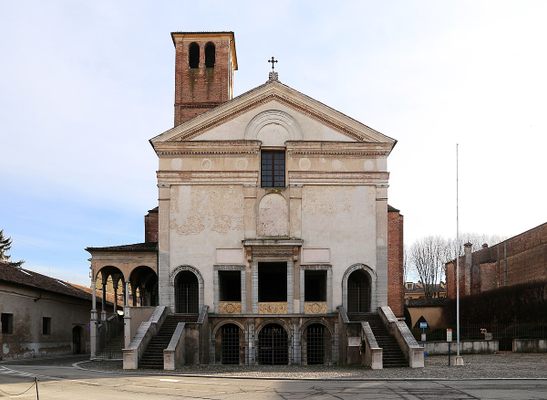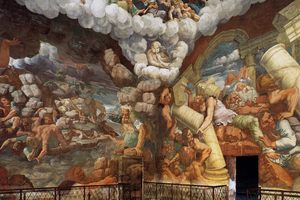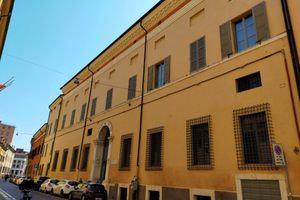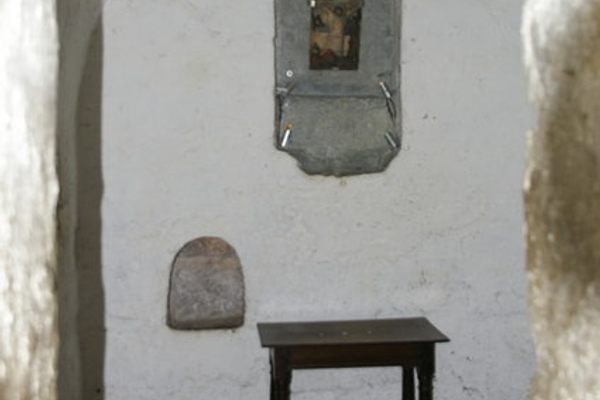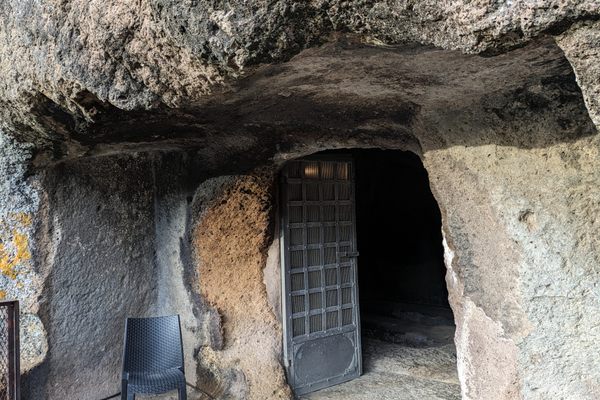About
The construction of San Sebastiano’s Church (aka Tempio Leon Battista Alberti) began in 1460 under the supervision of Leon Battista Alberti, a famous polymath who also invented Western cryptography, a claim he shares with Johannes Trithemius. The works had been commissioned by the Marquis Ludovico II Gonzaga, and the church, which was consecrated in 1529, underwent numerous renovations and alterations through the following centuries.
San Sebastiano's Church consists of two floors. The layout of the upper floor recalls the shape of a Greek cross. With a handful of windows highlighting the austere outlook of the church, what impresses most about this building is its oppressive emptiness. A relatively small altar is placed in one of the apsidal arms, but the lack of ornaments and decorations makes it quite remote. The rest of the church is occupied by ancient statues that dwarf in relation to the size of the building.
Below this floor is the crypt with hundreds of empty tombs bearing names of Mantuan citizens who lost their lives defending the motherland. Arguably, this is the most interesting part of San Sebastiano's Church. Where open space dominated the upper floor, the crypt is its exact opposite. To be able to see a long way in the crypt, you have to align with the layout of square pillars, but the view is still dominated by tombs.
The centerpiece of the crypt is a monument comprising an urn and five poles. The urn contains the remains of 11 martyrs who were executed for rebellion and treason between 1852 and 1855. The poles in this crypt were used for the hanging. The martyrs were Italian patriots who conspired against the occupying Austrian forces.
Related Tags
Flavors of Italy: Roman Carbonara, Florentine Steak & Venetian Cocktails
Savor local cuisine across Rome, Florence & Venice.
Book NowCommunity Contributors
Added By
Published
November 1, 2023







